- Home
- Fleet Vehicle Maintenance
- Vehicle Tools
- Vehicle Diagnostic Tools
Vehicle Diagnostic Tools
Diagnostic tools test vehicle systems and highlight areas needing repair. Digital diagnostic tools identify automotive problems using electronic scanning equipment. Mechanical diagnostic tools identify automotive problems using analog devices. Leak detectors test the fluid levels in vehicles and fin .....Read More
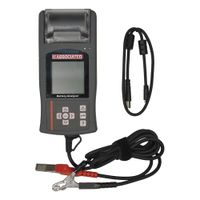
Battery Testers & Accessories
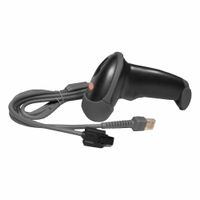
Diagnostic Tool Accessories
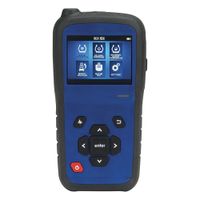
Digital Scan & Diagnostic Tools
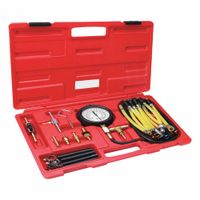
Fuel Injector Diagnostic Tools
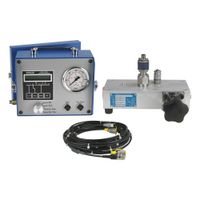
Hydraulic Flow Meters, Kits & Components
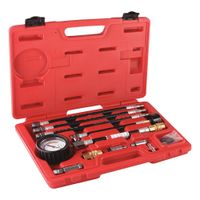
Mechanical Diagnostic Testers & Tools
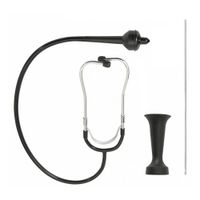
Mechanic Stethoscopes
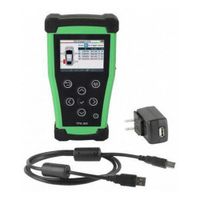
Tire Pressure Monitoring System (TPMS) Tools & Components
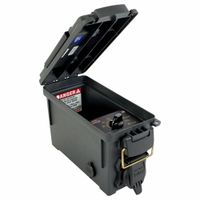
Trailer Testers
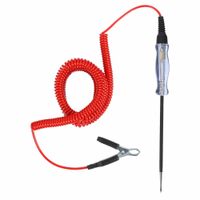
Vehicle Circuit Testers
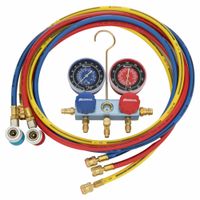
Vehicle Heating & Cooling Diagnostic Tools
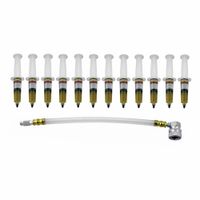
Vehicle Leak Detectors
Frequently Asked Questions
What are the best diagnostic tools for identifying vehicle system issues?
How do digital diagnostic tools differ from mechanical diagnostic tools?
What are the most common problems detected by leak detectors in vehicles?
How do circuit testers work to identify electrical issues in vehicles?
What are the key features to look for in trailer testers?
How can fuel injector diagnostic tools improve vehicle performance?
What are the benefits of using a mechanic stethoscope for engine diagnostics?